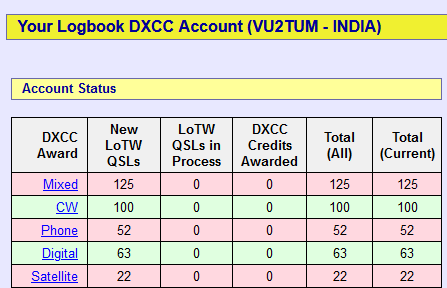Have you ever attempted to download an email attachment, or watch a streaming service whilst your microwave was cooking lunch or dinner and noticed that something odd was happening, or is my asking that question the first time that you joined the dots?
This phenomenon is not by accident, though it isn't on purpose. In 1947 the International Telecommunications Union, the ITU, was meeting in Atlantic City where the "delegate of the United States, referring to his request that the frequency 2450 Mc/s be allocated for I.S.M., indicated that there was in existence in the United States, and working on this frequency a diathermy machine and an electronic cooker, and that the latter might eventually be installed in transatlantic ships and airplanes. There was therefore some point in attempting to reach world agreement on this subject."
Several things to unpack there. It's 1947 and experimentation is happening at 2,450 Mega-Cycles per second, what we call megahertz today; you might recognise the frequency as 2.45 GHz.
At that time, experiments using radio frequencies for medical purposes has been in full swing for decades. Nikola Tesla wrote a paper on the subject that was presented in absentia to the American Electro Therapeutics Association in 1898.
In 1947, a diathermy machine exists; today its used to aid with blood flow, muscle and joint pain as well as inflammatory and degenerative bone disease.
There is a working electronic cooker, a microwave oven to you and I, and whilst the one you could buy in 1947, a Raytheon "Radarange", if you forked over $5,000, or $70,000 in today's money, had space for a 2 meter tall, 340 kilogram, 3 kilowatt behemoth, you have to admire the imagination that one day this would fit on an aeroplane to travel the world, let alone be available for $100 at your local supermarket.
One other thing, I.S.M. or Industrial, Scientific and Medical is a concept we still use today. The idea being that there are uses for radio waves that are nothing to do with communication, like microwave ovens, steel smelting through induction heating, surgical uses like cauterising wounds, some cancer treatments and plenty more.
One of the ideas behind ISM is that equipment operating in those frequencies must tolerate any interference generated by ISM applications. The other part of the ISM idea is that it's unlicensed, which is very attractive to people who experiment and why it became popular for other uses beyond heating your lunch.
Consider that baby monitors, garage door openers, car security systems, video senders, cordless phones, wireless speakers and microphones, cordless keyboards and mice, radio controlled models, and smart power meters all share the same radio frequencies.
Then there's Wi-Fi, Bluetooth, and Zigbee, also using the same 2.4 GHz ISM band.
Yeah, even the two most popular network technologies on your phone and computer, Wi-Fi and Bluetooth are competing with each other and the microwave oven in the kitchen.
There are six global ISM bands and six additional ones with specific local requirements. Things like industrial microwave ovens, Near Field Communications or NFC and LoRaWan use frequencies like that. You'll also find satellite communications, radio location, CB radio, radio astronomers and radio amateurs on those bands.
So, why are these technologies sharing the same frequencies?
Essentially because they're unlicensed spectrum. Just so we're clear, this doesn't mean that it's unregulated spectrum. All it means is that unlike licensed spectrum, you don't need to buy access to the spectrum to use it, but you do need to have compliant equipment when you do. Compliance depends on local laws, location, band and power levels.
So, next time you need to watch a movie whilst cooking lunch, eat an apple or go outside and get some daylight onto your skin instead.
A quick word on power. Whilst all these uses share the same frequency band, their human impact varies considerably. A Wi-Fi network uses a tenth of a Watt. A diathermy machine uses 250 Watts and produces a "gentle heat" at the surface of the skin, suitable for treatment. Contained inside a metal box, a microwave oven uses 1,000 Watts or more. Even that doesn't cook food from the inside out, instead it vibrates water molecules in the food, which heat up, which in turn cooks the food. It doesn't penetrate very far and doesn't work on frozen water, which is why you need to defrost your food before you can cook it. It's also why when you stand between your Wi-Fi router and the computer things slow down, or why your hand position on your phone or tablet can make a difference, since your body, made from 60% water, is blocking the signal.
Finally, here's something to consider. A licensed radio amateur has access to some ISM bands, but does it require an amateur license to actually use any of those bands? In other words, if my amateur license doesn't permit my access to 2.4 or 5.8 GHz bands, can I legally use a transmitter in the unlicensed spectrum that is the ISM band on those frequencies?
If you answered yes, and you're considering experimenting on the ISM bands, you'll find the Low Frequency Experimental Radio or LowFER, MedFER and HiFER community has already beaten you to it. Within the ISM regulations are provisions for all kinds of other experiments, generally using low power, sometimes a Watt, sometimes less, but you already know that my 10 mW beacon on the 10m band has been heard 13,945 km away, so there's plenty of opportunities to play.
I'm Onno VK6FLAB

